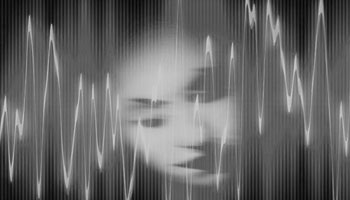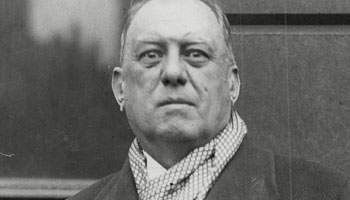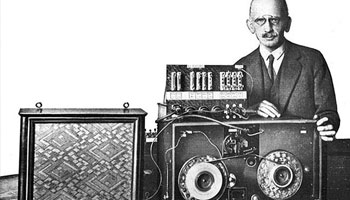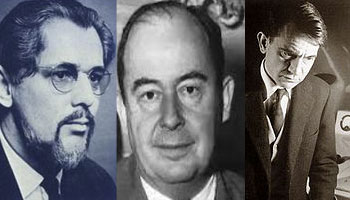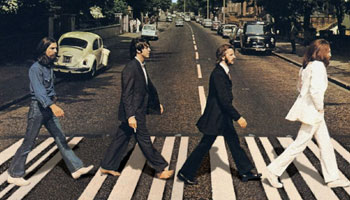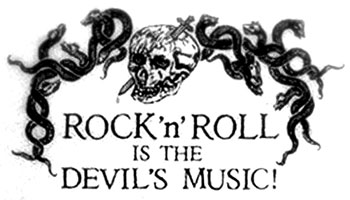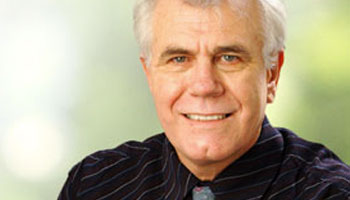 It was Thomas Edison, who, whilst working on two other inventions discovered a method to reproduce sound with the invention of the gramophone in 1877 and he was the first person credited with being able to capture sound and play it back at his Menlo Park laboratory. In those days the gramophone was a large contraption which consisted of a piece of tin-foil that was wrapped around a cylinder placed in the middle. 1A short message was bellowed into the piece on one side of the cylinder while a handle at the side was turned simultaneously. Inside this piece was a needle and the sound would make the needle shake, or vibrate and these vibrations would go through the needle and make a line, or groove, into the tin-foil. A needle placed on the other side of the device would play back what had just been recorded and thus recorded sounds that could be reproduced were heard for the first time. However, in his essay, 2“The Gramophone” Friedrich Kittler stated that eight months earlier, on 30 April 1877, a Parisian inventor and writer, Charles Cros submitted a sealed envelope to the Academy of Sciences in which he composed an essay describing the exact procedure for recording and reproducing sound. 3His letter was read in public on December 3rd but before he could begin work on producing a life size model 4Thomas Edison had usurped him by presenting a working model at the offices of Scientific American on 22 December 1877, following which he was awarded a patent on Feb 19 1878.
It was Thomas Edison, who, whilst working on two other inventions discovered a method to reproduce sound with the invention of the gramophone in 1877 and he was the first person credited with being able to capture sound and play it back at his Menlo Park laboratory. In those days the gramophone was a large contraption which consisted of a piece of tin-foil that was wrapped around a cylinder placed in the middle. 1A short message was bellowed into the piece on one side of the cylinder while a handle at the side was turned simultaneously. Inside this piece was a needle and the sound would make the needle shake, or vibrate and these vibrations would go through the needle and make a line, or groove, into the tin-foil. A needle placed on the other side of the device would play back what had just been recorded and thus recorded sounds that could be reproduced were heard for the first time. However, in his essay, 2“The Gramophone” Friedrich Kittler stated that eight months earlier, on 30 April 1877, a Parisian inventor and writer, Charles Cros submitted a sealed envelope to the Academy of Sciences in which he composed an essay describing the exact procedure for recording and reproducing sound. 3His letter was read in public on December 3rd but before he could begin work on producing a life size model 4Thomas Edison had usurped him by presenting a working model at the offices of Scientific American on 22 December 1877, following which he was awarded a patent on Feb 19 1878.
5Edison continued experimenting and making modifications to his device and even attempted playing speech and sounds backwards by spinning the needle in a counter-clockwise direction producing an eclectic mix that “is still melodious in many cases, and some of the strains are sweet and novel, but altogether different from the song reproduced in the right way” (Blecha, 2004.) 6When he was interviewed by the New York Sun in February 1917 , some sixty years later he added “….I can turn the phonograph backward and make better music…we get curious effects by reversing the phonograph – strange and interesting and sometimes delightful effects. 7As early as the 19th century even the Columbia Phonograph Company recognized that the phonograph could be used by people to play their favourite songs backwards and that “a musician could get one popular melody every day by experimenting in that way.” So this is the earliest recorded example of the use of playing records backwards in its simplistic format.


